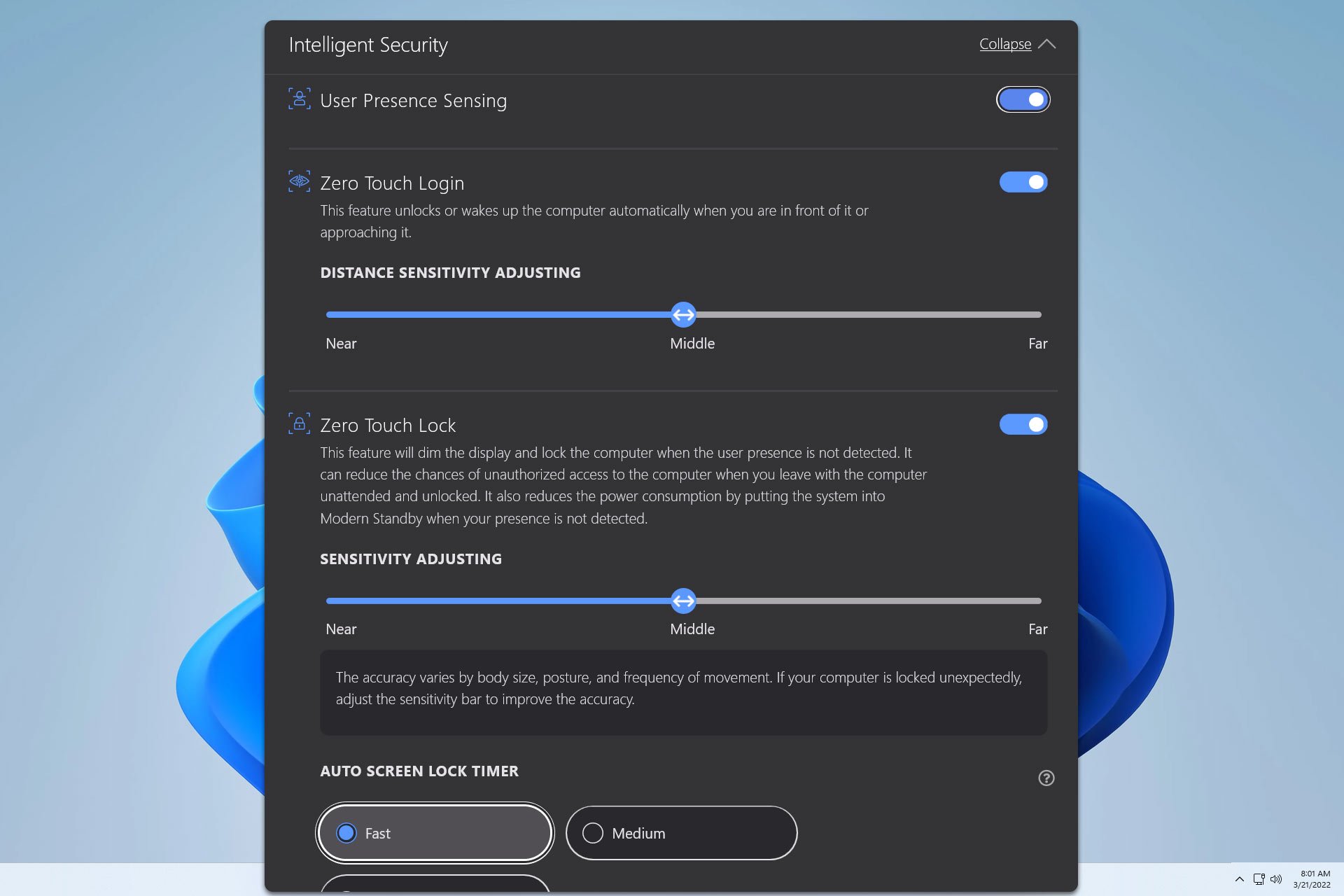Microsoft is retooling its datacenters with FPGA chips
3 min. read
Published on
Read our disclosure page to find out how can you help Windows Report sustain the editorial team. Read more

Earlier today, Microsoft kicked off its Ignite 2016 conference to introduce the latest innovations in its enterprise products and services. As you may now, Microsoft is now longer a Windows company: Instead, the Redmond giant is increasingly becoming a business-focused company which has developed an array of cloud and productivity services to help businesses accomplish their digital transformation. But while Microsoft’s cloud services don’t appear as exciting as its software or hardware efforts, the company’s recent cloud focus has led to some impressive innovations behind the scenes.
Yesterday, Wired published a lengthy story about Microsoft’s use of programmable chips called field-programmable gate arrays (FPGAs) in its data centers. These programmable chips are faster and less power-hungry, helping Microsoft to stay competitive against its competitors in the cloud. They’re also tailored for powering new services that will leverage artificial intelligence and deep neural networks: FPGAs already drive Bing and Azure and are expected to be found in all new Microsoft servers in the coming years. Doug Burger, a computer chip researcher who led the research on FPGAs, explained to Wired that the programmable chips gives Microsoft “massive capacity and enormous flexibility, and the economics work. This is now Microsoft’s standard, worldwide architecture,” he added.
Programmable chips have existed for decades and were mainly used to prototype other processors. But back in 2009, Burger and Microsoft researcher Andrew Putnam started thinking about using these chips to power online services. FPGAs are more efficient and customizable than standard computer chips, and they’re also cheaper and reprogrammable.
However, reprogramming the Silicon is not an easy task. Jim Larus, another Microsoft researcher who worked on early FPGAs prototypes explained: “That is just horrible, much worse than programming software. Much more difficult to write. Much more difficult to get correct.”
Burger initially had a hard time convincing Microsoft execs including former CEO Steve Ballmer that FPGAs could deliver groundbreaking innovations for Microsoft cloud services. The researcher initially pitched the idea to Microsoft execs back in 2012, explaining that technology giants would soon need to build new, optimized chips to power their growing online services. Furthermore, both Google and Amazon were already working on similar projects. While Ballmer was initially not receptive to the idea, Microsoft exec Qi Lu believed that programmable chips could help boost the speed of Bing searches.
After working on several prototypes, the team working on the then called Project Catapult convinced that FPGAs could also help the company improve its cloud computing platform Azure as well as the Office 365 business productivity suite.

Today, Project Catapult is « no longer just research » according to CEO Satya Nadella. As the company now invests between $5 and $6 billion in hardware to power its online services, the exec added that “it’s an essential priority.” Burger expects FPGAs to power all Microsoft online services in the future, and as of today the programmable chips are already helping Bing to improve its results thanks to artificial intelligence.
Additionally, one Microsoft employee told Wired that Office 365 will soon use FPGAs to deliver encryption, compression and machine learning to all of its users.
Lastly, Microsoft’s bet on FPGAs has also had some consequences on the global chip market. Microsoft is currently getting its chips from Altera, a company that Intel bought from $16.7 billion last summer. Intel Executive Vice President explained to Wired that she expects FPGAs to appear in a third of all servers inside all the major cloud computing companies in 2020.








User forum
0 messages